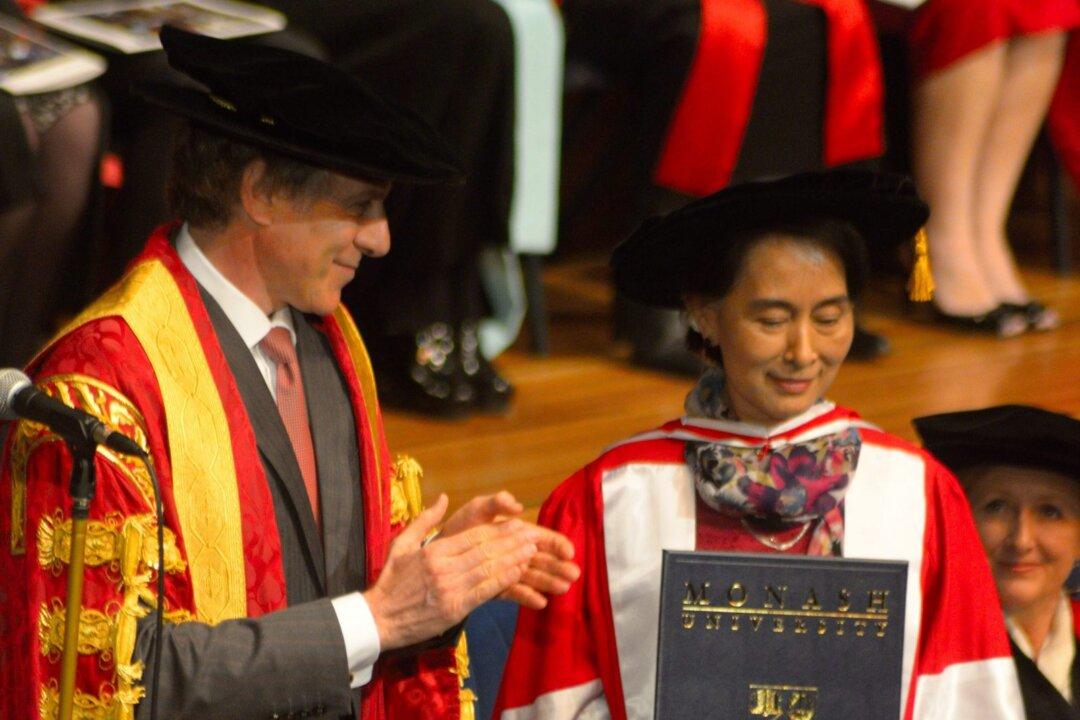Bushido: the Way of the Samurai, now in its final weeks at the National Gallery of Victoria (NGV), brings to life the centuries-old traditions of Japan’s samurai warriors.
Although the samurai warriors were fierce fighters and lived a strict military life, they followed a strict code of honour called “the way of the warrior” (bushido), which has been passed down through the generations.
If a samurai broke the bushido code, he was expected to perform seppuku, or ritual suicide. For this reason, every samurai carried two swords – a large one to fight his enemies and a small one to turn onto himself.
According to curator Wayne Crothers, the exhibition presents the unique contribution samurai warriors have made to Japan’s cultural heritage. Even in modern day Japan, people with samurai family names are still treated with great respect.
“Samurai virtues of honesty, courage, benevolence, respect, self-sacrifice, self-control, duty and loyalty, combined with a cultivated lifestyle, established social stability and a legacy of art and culture in Japanese culture that continues to this day,” said Mr Crothers, a specialist in Japanese art history.

Edo period 1600–15–1868 Japan. lacquer, leather, metal, silk, cotton, hemp, gold pigment, coloured dyes 144.0 x 71.0 x 53.0 cm
National Gallery of Victoria, Melbourne.
Acquired, 1889 460.4-6, 9-12, 15-19-D2





